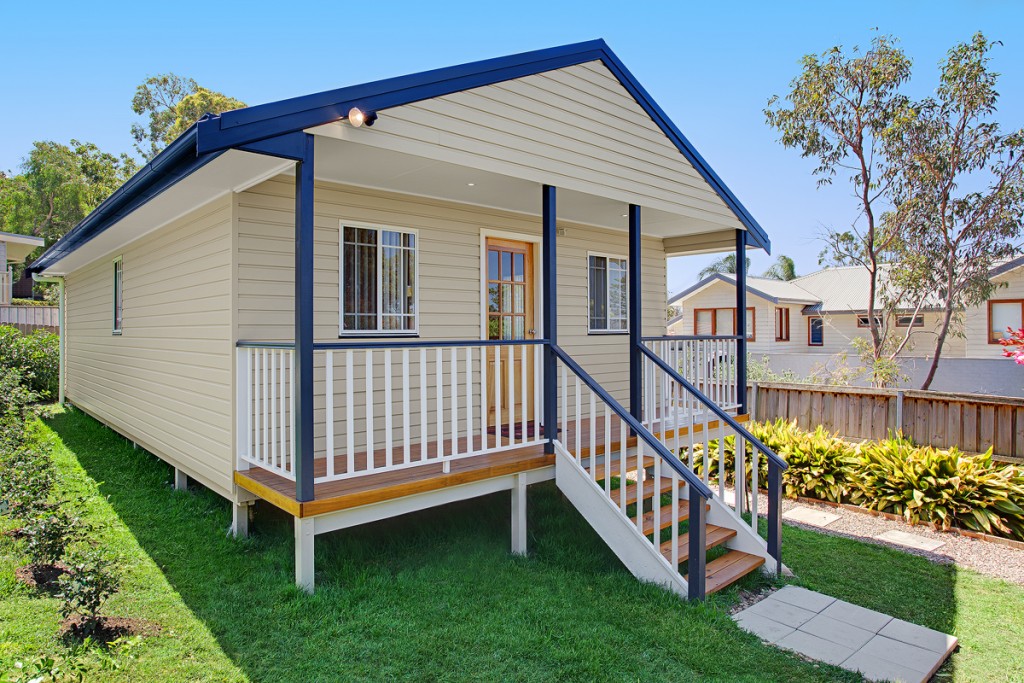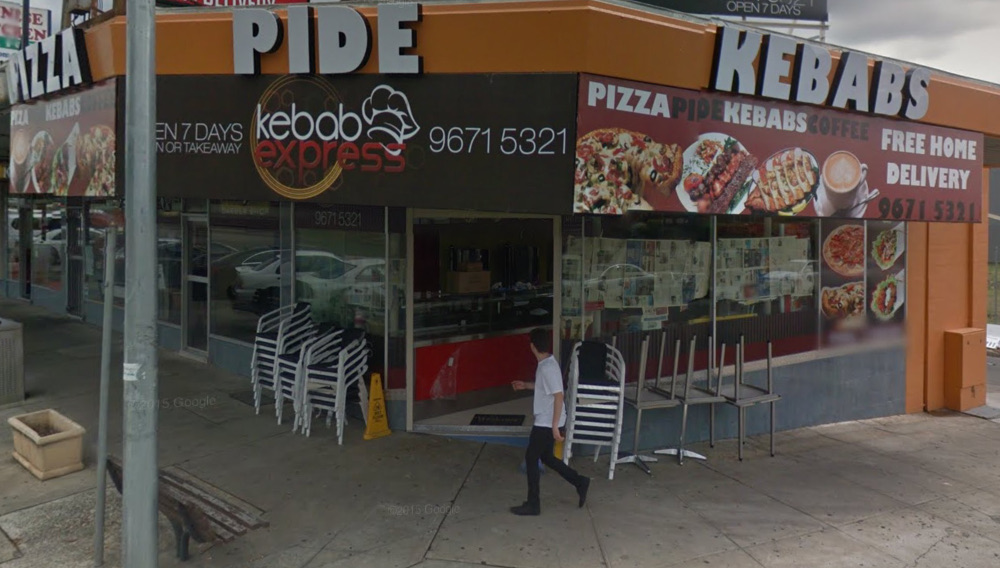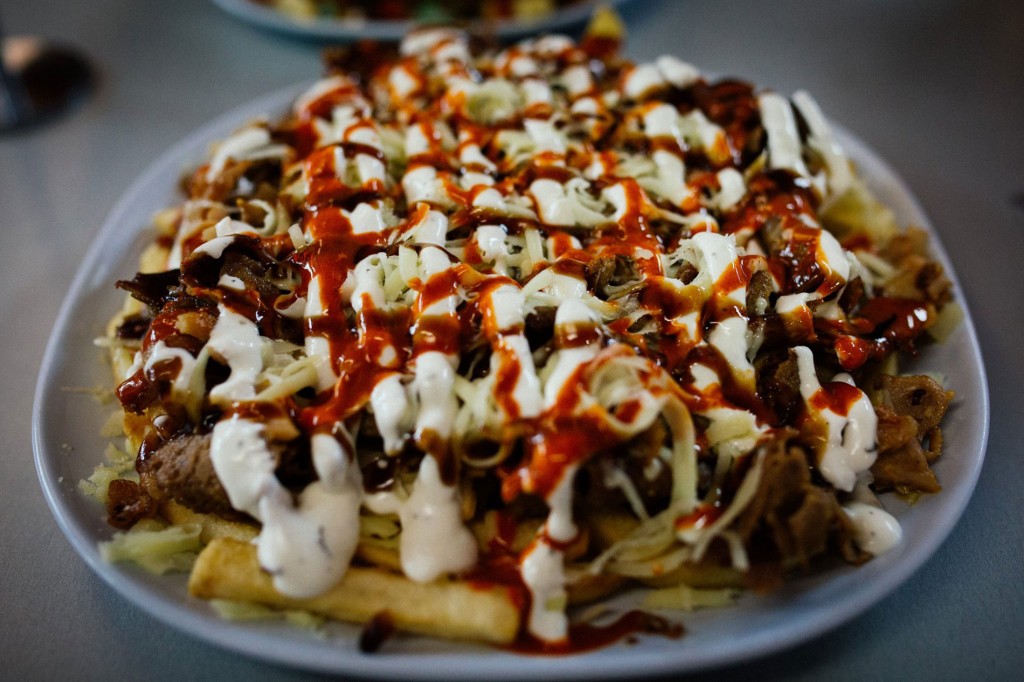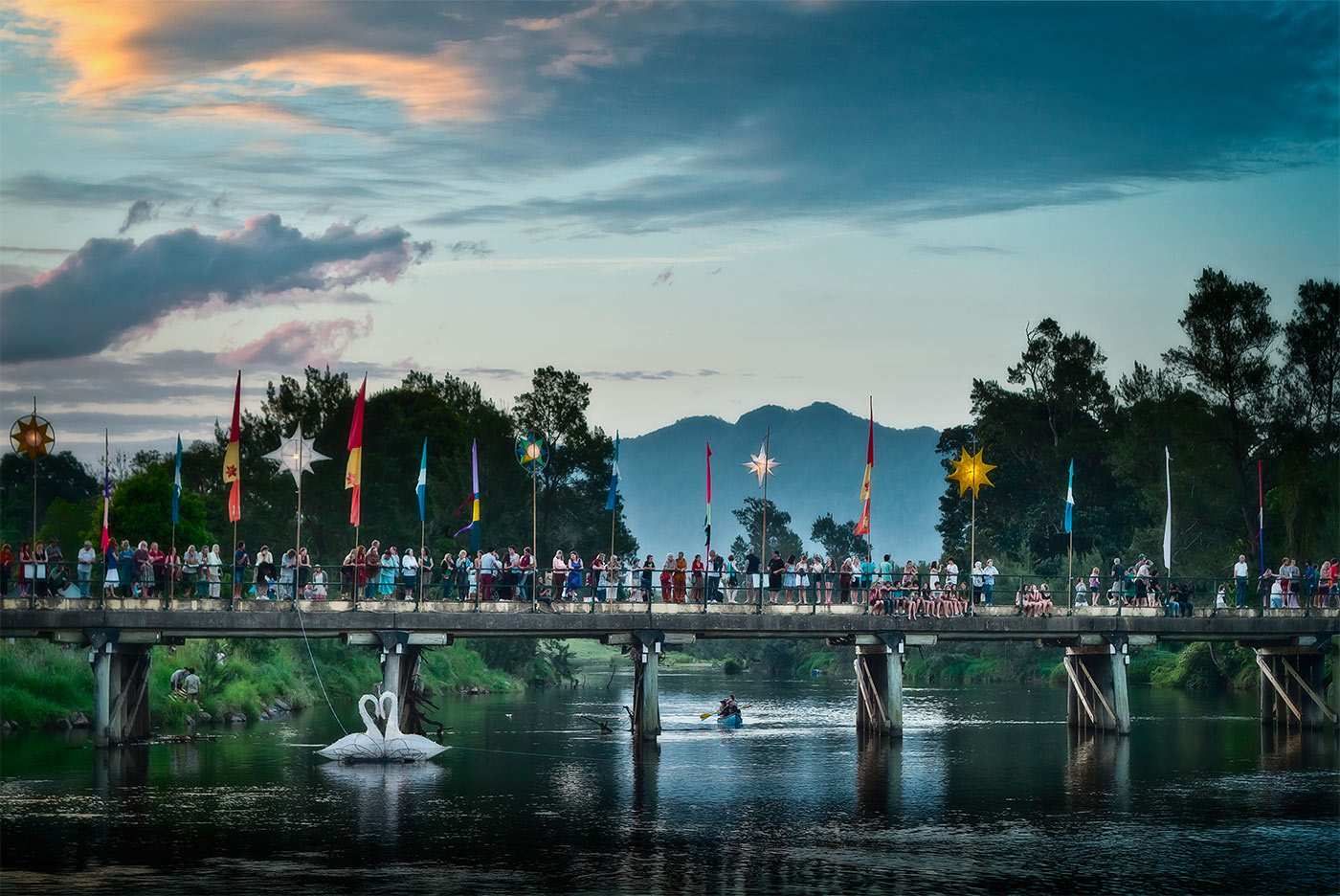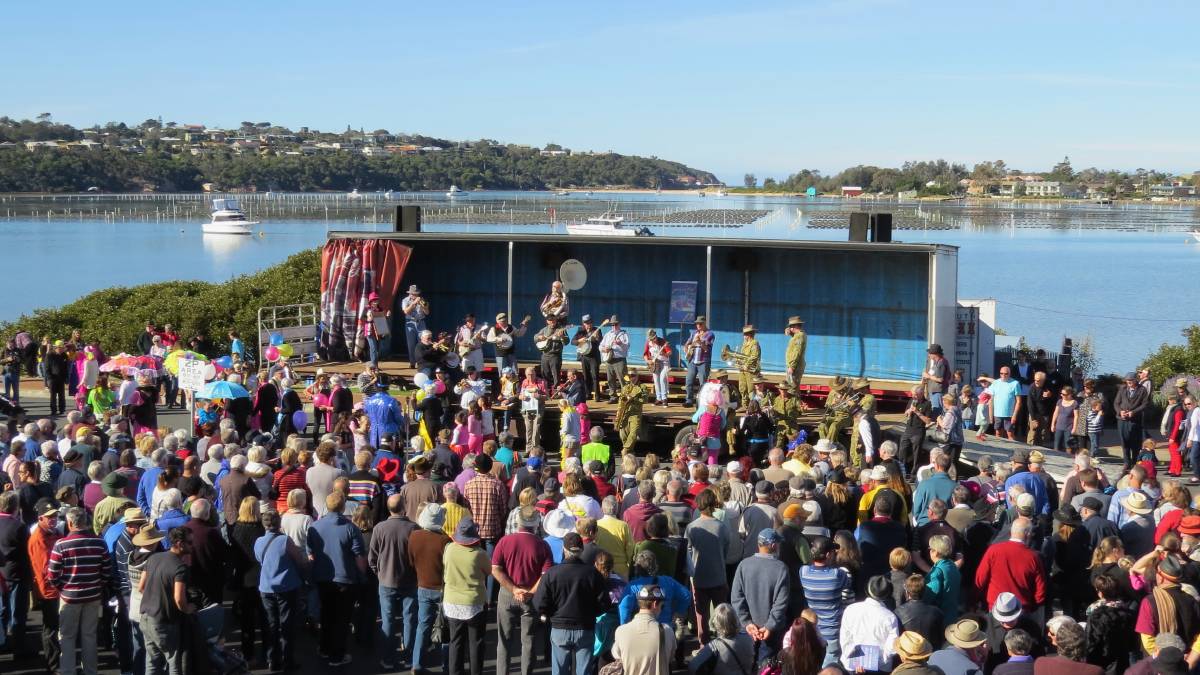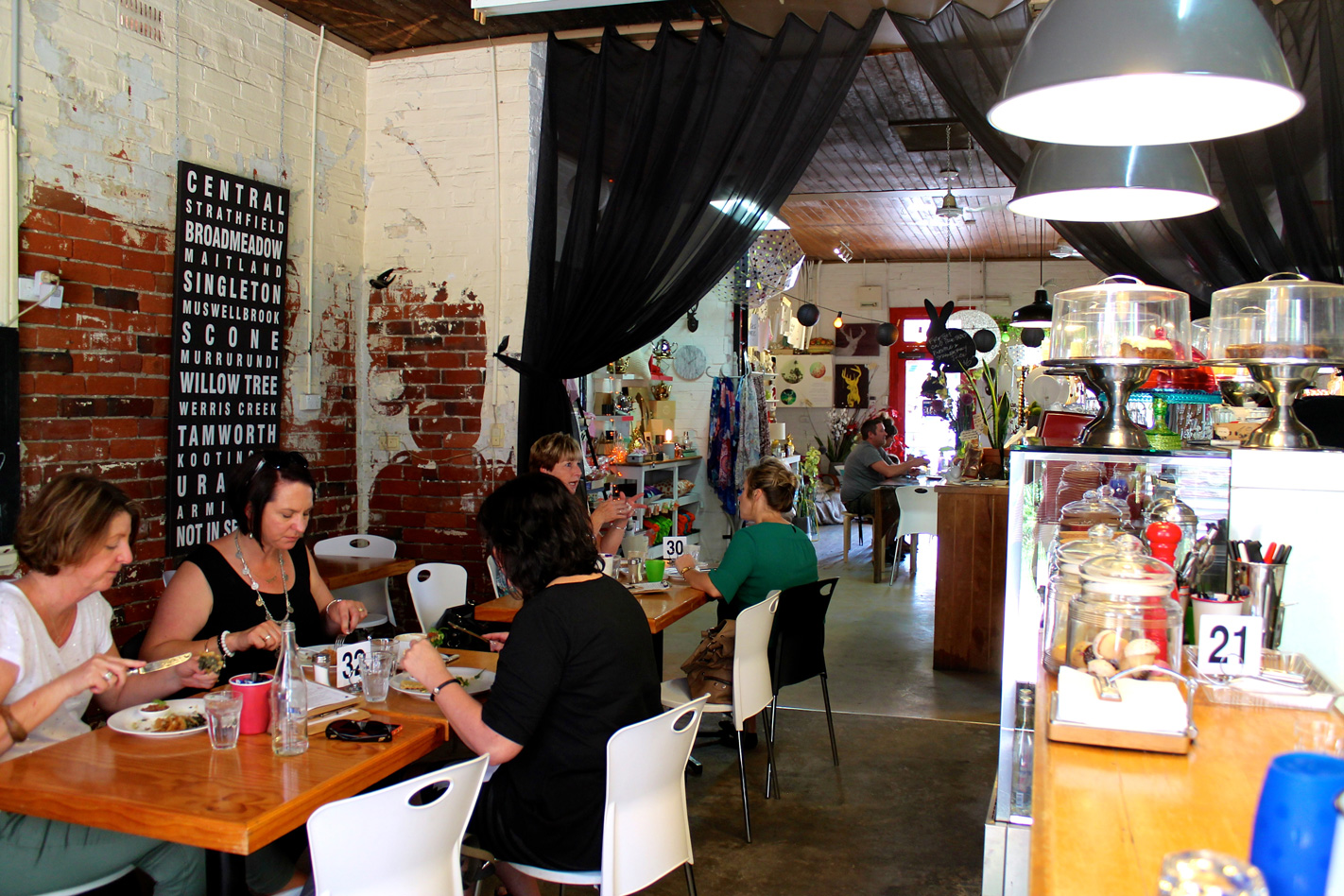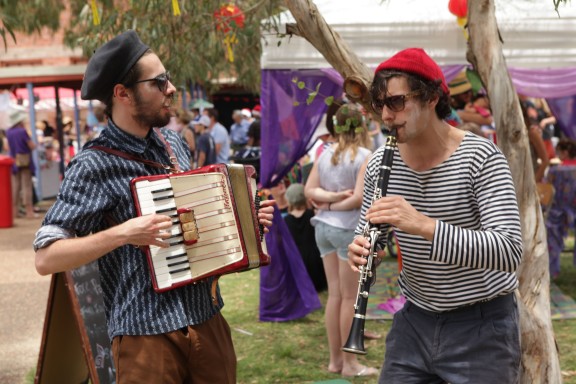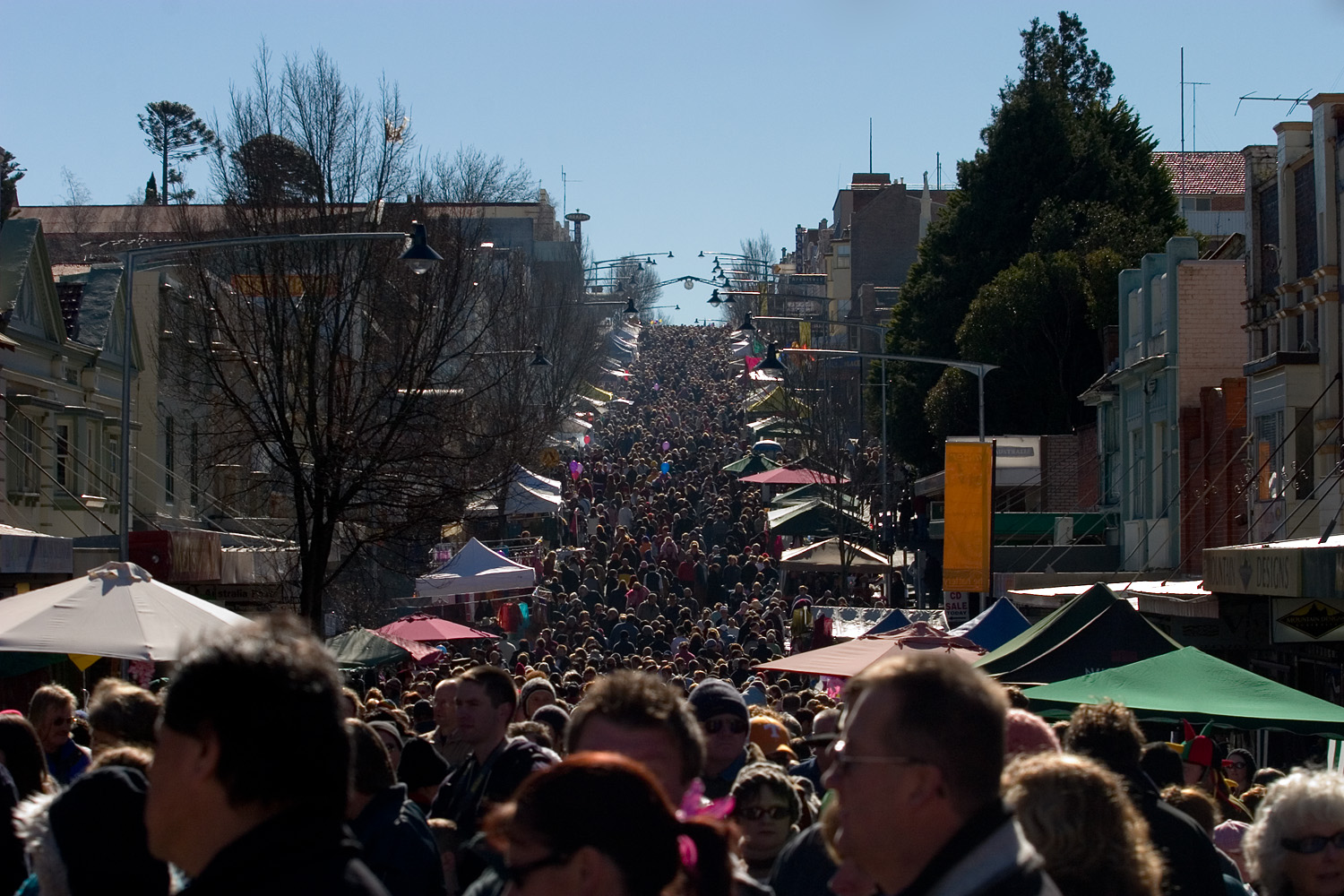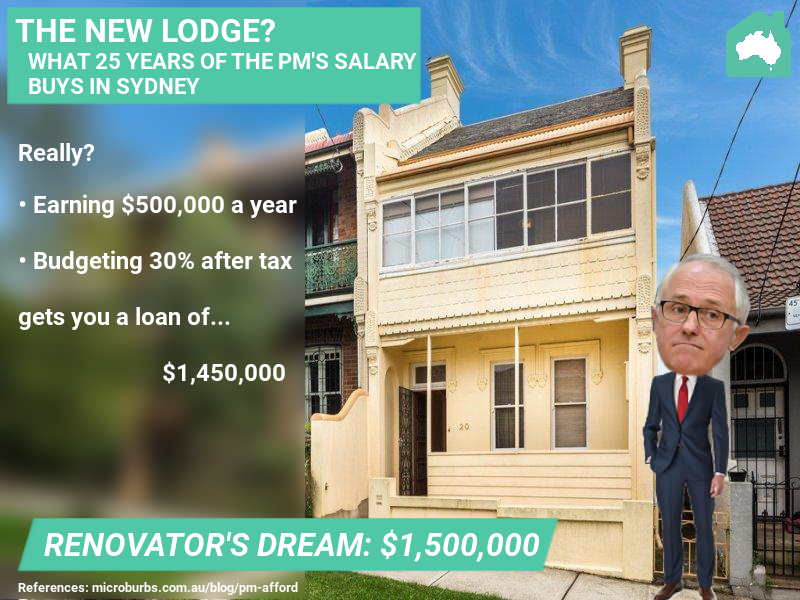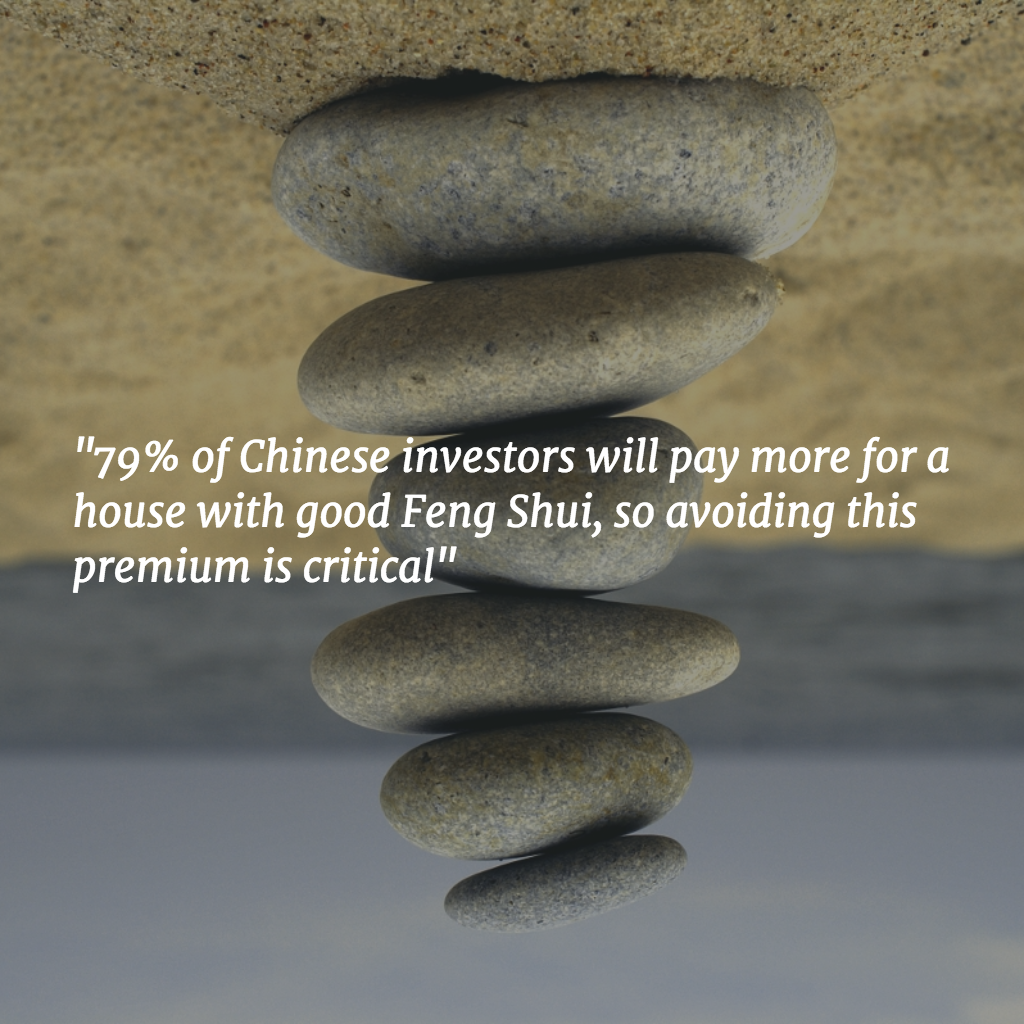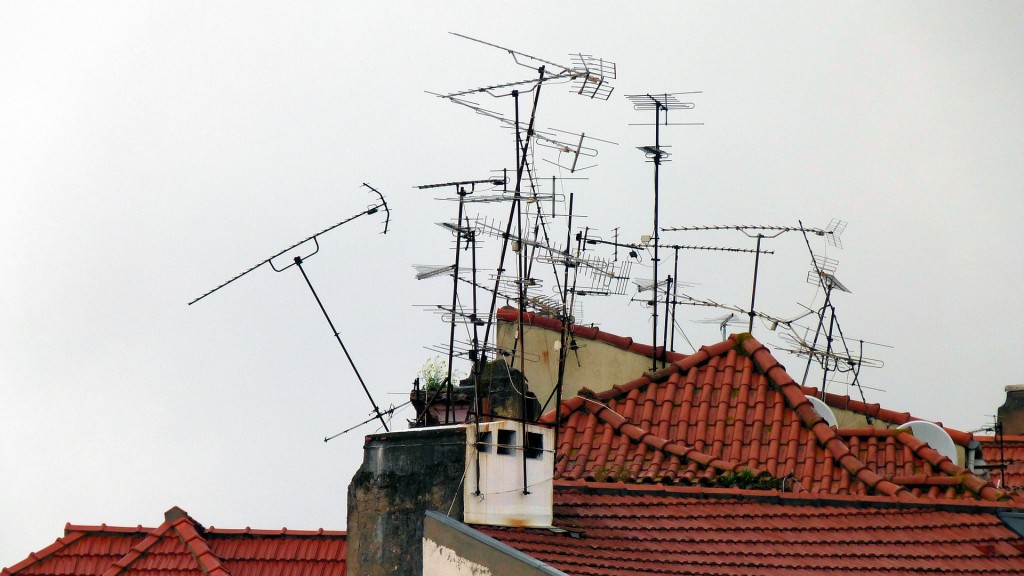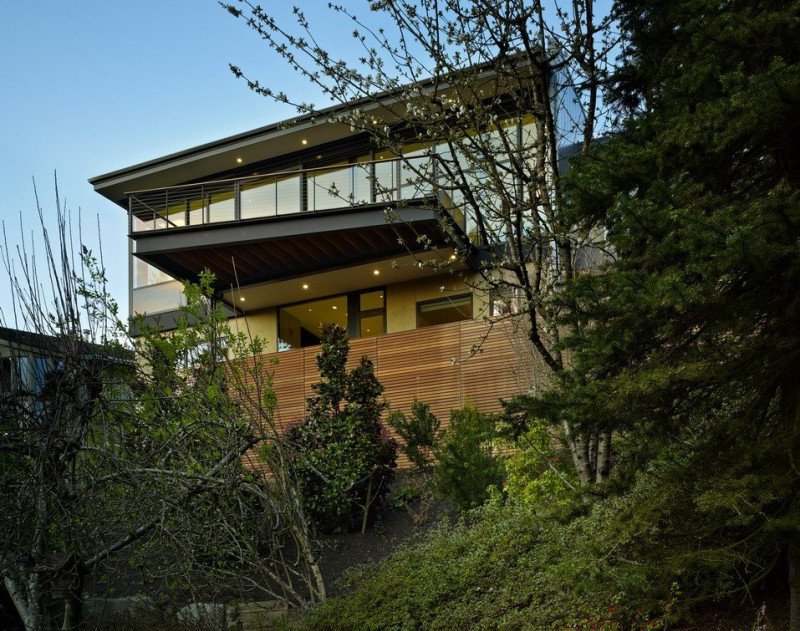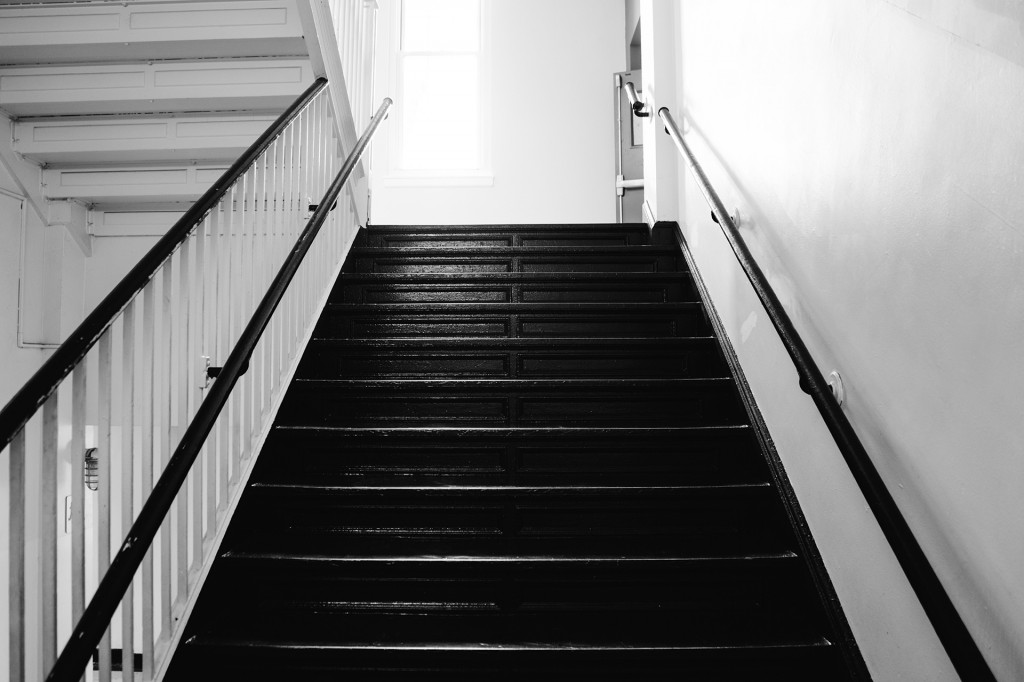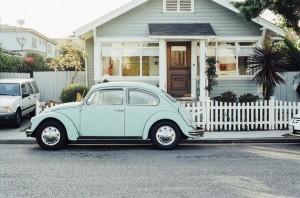
For most who live within 10 or 20km of the centre of Sydney, the West seems to be considered a sprawling void of fibro shacks and bogans. This ignorance might be funny to those of us enjoying the west (life is peaceful here!), but if you’re a property investor who’s written off the western suburbs without checking your facts, you could be passing up big opportunities.
I live in Kings Langley, located 45km from the Sydney CBD, and whenever I mention that I live ‘near Blacktown’, more often than not I get asked ‘Is it safe?’ Well, it is certainly is safe. The Microburbs Safety Score, based in NSW on Bureau of Crime Statistics and Research data, rates Kings Langley at 9/10, which is miles ahead of the trendy inner suburbs. With the North West Metro coming in less than 3 years, the area is set to be cracked wide open, and by the time Sydney wakes up to what’s on offer, investors will have missed the boat.

Bella Vista
Bella Vista is among some of the most well known suburbs in Sydney to those who have never stepped foot in the west. A key selling point for this suburb is not just the abundance of palatial two storey homes but also the well designed landscaping and large public parks. The share of land between commercial precincts and residential areas has also been well balanced.
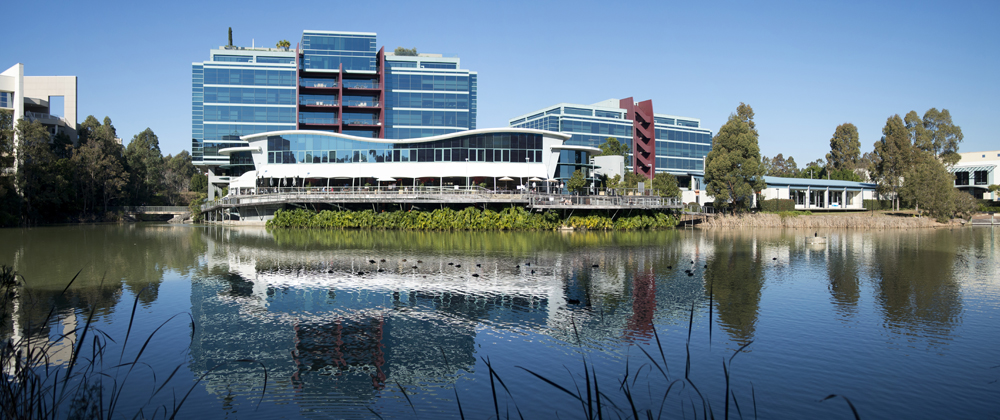
The Norwest business park is a 5 minute drive away and already hosts offices from big companies like Woolworths, PwC, Schneider and Resmed. Expected completion for the North West Metro will be in 2019 and will include stations for both Bella Vista and Norwest.
For working parents, there is better supply of child care services making it far more affordable than the city. Some big landmarks include the Norwest private hospital & Hillsong church.
Also located in Bella Vista is Matthew Peace primary school which is ranked among the top 10 in the state
Microburbs Report for Bella Vista
Microburbs Safety Score: 9/10
Median House Price: $1,378,000
Median Rent: $780/wk
Annual Growth: 10.1%
Kings Langley
My home burb’ is located just west of the prestigious Bella Vista and 5km north of Blacktown. The homes there were mostly built between the 60’s and 80’s so you’ll expect to see a lot of brick. The strict council covenants on development in this suburb have ensured that the streetscape has a lot of unity and appeal.

Kings Langley is also a go-to destination for cyclists who want to take advantage of the purpose built cycleway along the M7.
Lower mortgage rates and better family friendly facilities adds to the quality of life in suburbs like Kings Langley. The high numbers of owner-occupied homes is also indicative of this quality.
Microburbs Report for Kings Langley
Microburbs Safety Score: 9/10
Median House Price: $857,000
Median Rent: $520/wk
Annual Growth: 9.7%
The Ponds
The Ponds has become one of the most sought after suburbs in the west. Compared to the same period five years ago, the median house sales price for houses increased 165.5% (realestate.com.au).
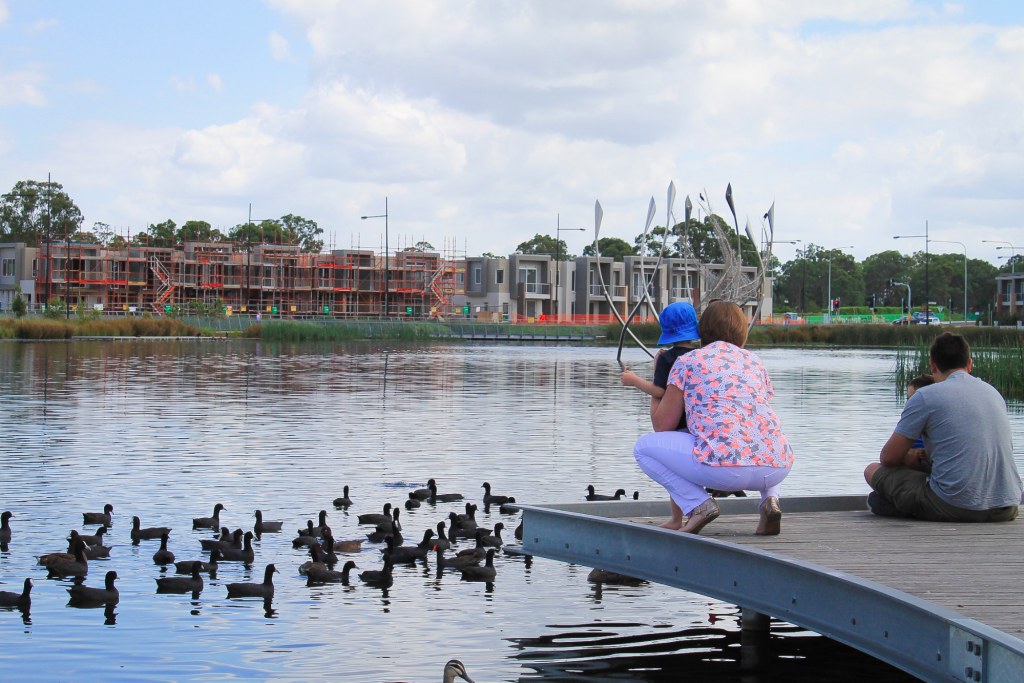
The Ponds is much newer than the established suburbs of Baulkham Hills and Bella Vista but with the Rouse Hill Town Centre just 10 minutes away and the higher abundance of public parks & recreation areas makes it very liveable.
This suburb has won several town planning design awards for its innovative use of space and using the local stormwater to make an artifical pond known as ‘The Ponds Lake’. These areas make the suburb a great place of community where families often gather in evenings and host barbeques. The clever use of public space is also designed to compensate for the small backyard sizes that are increasingly common in new suburbs.
Another selling point is the proximity to the council owned leisure and aquatic centre known for its popular wave pool.
Microburbs Report for The Ponds
Microburbs Safety Score: 8/10
Median House Price: $942,000
Median Rent: $650/wk
Annual Growth: 21.6%
Baulkham Hills
(With the exception of areas directly near the shopping centre) the high affluence level, distance from train stations and large land sizes make Baulkham Hills one of the safest suburbs in Sydney.
Located just above Castle Hill, the hills shire is is known for its abundance of local parks, with a total of 329 parks in total to walk the dog or play with the kids.

Whilst there is no train station, busses to the city provide an express trip to CBD via M2 and Lane Cove Tunnel with a travel time of around 30-40 minutes. Baulkham Hills high school, an academically selective school is consistently ranked among the top 10 in the state.
Low traffic levels and easy parking is a key benefit of western suburbs like Baulkham Hills. This makes regular travel to places like supermarkets, convenient and less stressful.
Microburbs Report for Baulkham Hills
Microburbs Safety Score: 9/10
Median House Price: $1,060,000
Median Rent: $580/wk
Annual Growth: 11%
Glenmore Park
A lesser known suburb sitting on the edge of Sydney is Glenmore Park, located 8km south of Penrith and right next to the blue mountains. A key advantage of the west is that lower density living means overall lower noise levels and better peace at night. Despite being located close to Penrith, Glenmore Park is often described as a very friendly suburb with neighbours you can ‘trust a spare key to your house with’.

With a median house price of just $700,000 this makes it makes it the most affordable on this list. In terms of public transport, Penrith train station is just a 15 minute drive away. Combined with an express train to the city, the total journey is just over an hour to get to work; not too bad for suburb located 59 kilometers from the city.
Microburbs Report for Glenmore Park
Safety Score: 9/10
Median House Price: $700,000
Median Rent: $490/wk
Annual Growth: 9.7%
If you’re an informed investor, and I’m guessing you are if you’re on the Microburbs blog, I would encourage you to take a drive through these parts of outer western Sydney. You may be surprised by the communities and opportunities you find out here.
Explore beyond the stereotypes and myths and get the facts now with a Microburbs report on any address or area in Australia:
For press enquiries about this article, please call Microburbs Founder Luke Metcalfe on 0414 183 210.


